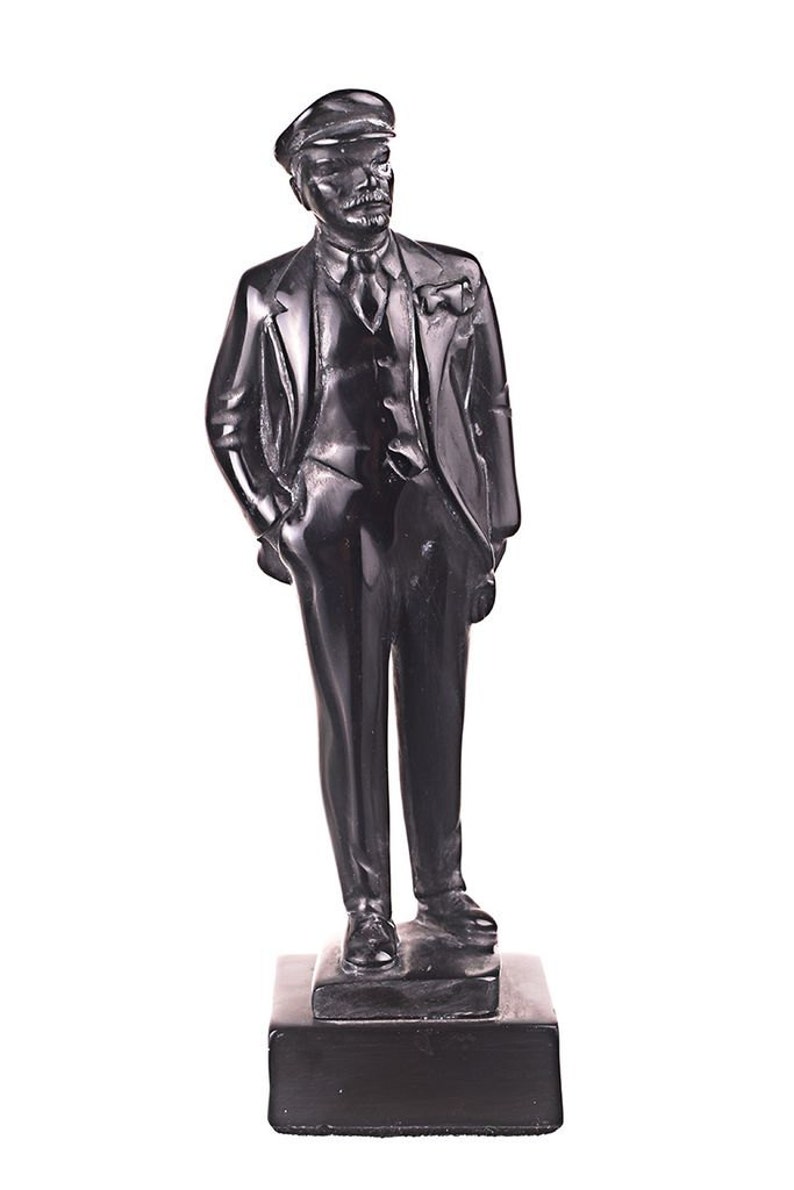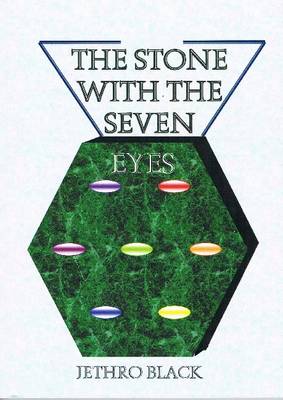

I don't believe, as Amis would have it, that the cards allow us to bear uncomfortable witness to the death of genius, and that this private fact should never have been made public knowledge. Personally, I find the experience of reading them poignant and melancholy a rare glimpse into the creative practices of a deeply private and evasive man: the smudges and fingerprints on the cards, the food stains, the imperfect sentences of a perfect stylist, the erasures, misspellings, second thoughts, misgivings, and the loopy and elegant, almost child-like handwriting. To be sure, the pleasures of reading The Original of Laura are not those of a finished novel, but the intimacy of reading the cards in this way offers readers an insight into the man and the writer that they will never have had before. The result is one of the most beautiful books I've ever seen: 138 perforated photographs of the original cards reproduced on thick cardboard paper to the highest possible quality.

Chip Kidd, the designer, wanted to bring readers as close as possible to the experience of reading the cards as Nabokov wrote them, and to relay as honestly as possible the fact that Laura is not a finished novel.

The visual pleasure of reading The Original of Laura is as integral to the experience as the words. There is no doubt that the circumstances of publication and the media storm surrounding it has provoked a hostile backlash from some, but I hope others will read the text as carefully as they discuss the moral implications of publishing it at all. This was a question, among other things, of legacy and of keeping the decision in the family. I can tell you that Nabokov's son Dmitri did not publish this book against Vladimir's wishes because he wanted money for a sportscar.


 0 kommentar(er)
0 kommentar(er)
